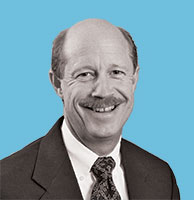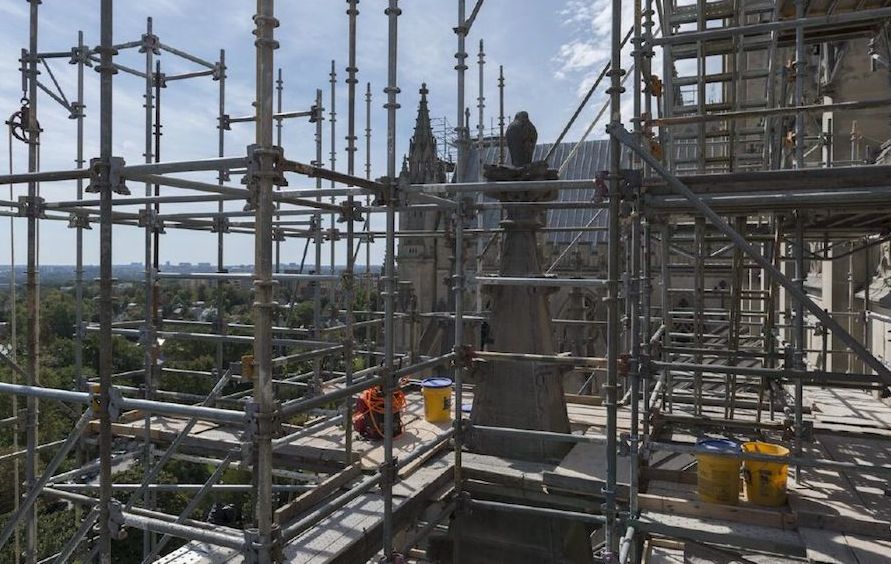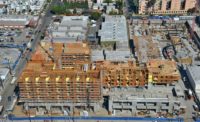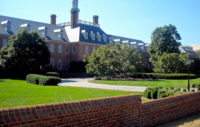Designing the complex repair of a century-old religious icon, damaged by a rare magnitude-5.8 earthquake in the nation’s capital, may have needed the hand of God or the patience of a saint, but its success is credited to the talents of a trained engineer.
Matt Farmer, a principal at Wiss, Janney, Elstner Associates Inc., led the team that managed the Washington National Cathedral’s restoration strategy after the 2011 quake caused an estimated $34 million in damage. The Gothic Revival structure’s multifaceted, high-profile role in Washington and its owners’ limited funds challenged Farmer to develop a repair plan that addressed the most immediate needs to resume its hectic schedule, but also provided long-term stabilization when money became available for added work.
 |
| Matthew C. Farmer |
The team faced the complexities of the cathedral’s phased construction over 83 years, its unique decorative structural elements and the need to minimize the repair’s visibility. Engineers “followed the damage” to identify critical elements that might be vulnerable to future ground motion, says Farmer.
Building on physical inspections that included close-range visual assessments and soundings by engineers using rope-access techniques, Farmer’s team used small-scale analytical models to calibrate actual damage relative with shaking at the site.
“Because we could place scaffolding in only one interior location at a time, many decisions about what to do ... in a particular area had to be made right then and there,” says James W. Shepherd, the cathedral’s director of preservation and facilities. “Matt was always on hand to work with the craftsmen and contractor on defining that specific scope of the work.”
![]() The $10-million, first-phase restoration was completed last June. The effort also included long-needed maintenance in the vaulted areas of the structure’s interior that had been cost-effectively out of reach for decades.
The $10-million, first-phase restoration was completed last June. The effort also included long-needed maintenance in the vaulted areas of the structure’s interior that had been cost-effectively out of reach for decades.
"We're pleased with our ability to strengthen the buttresses, which included center-coring of the flyers and had to be done with great precision so as to not cause problems in the supports or interior," says Farmer. "One thing about the repairs—nobody outside the project knows they are there. We left a very light footprint."
Shepherd also credits Farmer’s “chisel-ready” drawings in fund-raising efforts. “It’s a big help when we can actually show what needs to be done,” he says.






Post a comment to this article
Report Abusive Comment